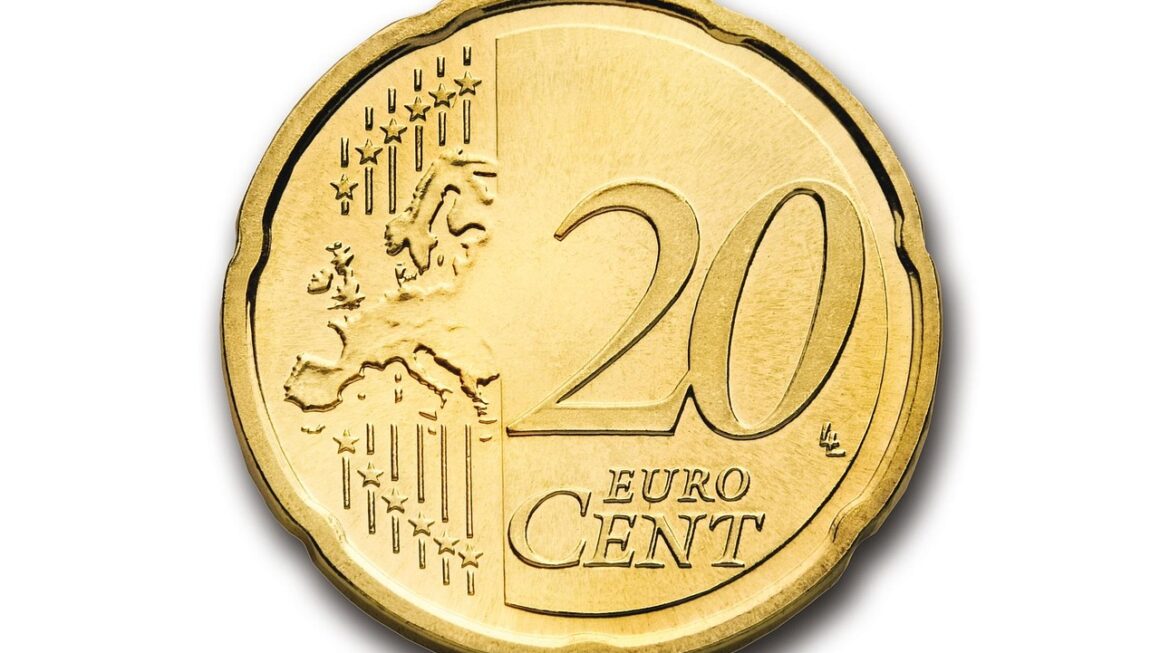Credit utilization, that seemingly simple ratio of credit used to available credit, wields significant power over your credit score. Understanding it, optimizing it, and consistently monitoring it can unlock better interest rates, loan approvals, and ultimately, a healthier financial future. Ignoring it, however, can lead to frustrating credit rejections and missed opportunities. This post will demystify credit utilization, providing you with the knowledge and tools you need to master this crucial aspect of personal finance.
What is Credit Utilization and Why Does it Matter?
Defining Credit Utilization
Credit utilization is the percentage of your total available credit that you’re currently using. It’s calculated by dividing the amount of credit you’re using by your total credit limit. For example, if you have a credit card with a $5,000 limit and a balance of $1,000, your credit utilization is 20% ($1,000 / $5,000 = 0.20).
- Formula: (Credit Balance / Credit Limit) x 100 = Credit Utilization Percentage
The Impact on Your Credit Score
Credit utilization is a significant factor in calculating your credit score. It typically accounts for around 30% of your FICO score, making it the second most important factor after payment history. Lenders use your credit score to assess your creditworthiness, and a high credit utilization ratio signals higher risk.
- Lower scores: Can lead to higher interest rates, loan rejections, and difficulty renting an apartment.
- Higher scores: Can lead to better interest rates on loans and credit cards, easier approval for loans, and potentially lower insurance premiums.
Ideal Credit Utilization Range
While the specific ranges can vary slightly, a good rule of thumb is to aim for a credit utilization ratio below 30%. Ideally, you should strive for below 10%.
- Below 10%: Excellent – Demonstrates responsible credit management.
- 10% – 29%: Good – Indicates you’re managing credit well.
- 30% – 49%: Fair – May begin to negatively impact your credit score.
- 50% and above: Poor – Significantly lowers your credit score and suggests you may be overextended.
Calculating Your Credit Utilization
Step-by-Step Calculation
Calculating your credit utilization is straightforward. Here’s a step-by-step guide:
Example Scenarios
- Scenario 1: Card 1: $500 balance, $2,000 limit = 25% utilization. Card 2: $200 balance, $1,000 limit = 20% utilization. Overall: $700 balance, $3,000 limit = ~23% utilization.
- Scenario 2: Card 1: $1,500 balance, $2,000 limit = 75% utilization. Card 2: $100 balance, $500 limit = 20% utilization. Overall: $1,600 balance, $2,500 limit = 64% utilization.
The second scenario highlights the importance of keeping individual card utilization low, even if your overall utilization seems manageable. That one card with 75% utilization is significantly harming your score.
Tools and Resources for Tracking
Several online tools and resources can help you track your credit utilization:
- Credit monitoring services: Many credit card companies and financial institutions offer free credit monitoring services that track your utilization and alert you to changes.
- Credit score websites: Websites like Credit Karma, Credit Sesame, and Experian provide free access to your credit score and credit report, allowing you to monitor your utilization.
- Spreadsheets or budgeting apps: You can manually track your balances and limits in a spreadsheet or use a budgeting app that automatically calculates your utilization.
Strategies to Improve Credit Utilization
Increase Your Credit Limits
One of the most effective ways to lower your credit utilization is to increase your credit limits. This allows you to carry higher balances without exceeding the recommended threshold.
- Request a credit limit increase: Contact your credit card issuers and request a credit limit increase. They may perform a hard credit inquiry, so be prepared for a potential slight temporary dip in your score.
- Open a new credit card: Applying for a new credit card can increase your overall available credit, but be mindful of hard inquiries and avoid opening too many accounts in a short period.
Pay Down Your Balances More Frequently
Instead of waiting until your statement due date, consider making multiple payments throughout the month. This can keep your reported balance lower, resulting in a lower utilization ratio.
- Make weekly or bi-weekly payments: Paying down your balance more frequently ensures that your reported balance remains low.
- Set up automatic payments: Automate payments to pay more than the minimum amount due.
Avoid Maxing Out Your Credit Cards
Maxing out your credit cards can severely damage your credit score. It signals to lenders that you are a high-risk borrower.
- Keep balances well below your credit limits: Aim to keep your balance below 30% of your credit limit, ideally below 10%.
- Use a debit card or cash for large purchases: Consider using a debit card or cash for larger purchases to avoid increasing your credit card balances.
Balance Transfers
If you have high balances on one or more credit cards, consider transferring them to a card with a lower interest rate or a 0% introductory APR. This can free up credit on your existing cards and lower your overall utilization.
- Research balance transfer offers: Look for cards with low or no balance transfer fees and a promotional APR period.
- Understand the terms and conditions: Be aware of any balance transfer fees, APRs after the promotional period ends, and any potential impact on your credit score.
Common Credit Utilization Myths
Myth 1: Carrying a Balance is Necessary to Build Credit
This is a common misconception. You do not need to carry a balance to build credit. Simply using your credit card for small purchases and paying the balance in full each month will help you build a positive credit history.
Myth 2: Closing Unused Credit Cards Improves Credit Score
Closing unused credit cards can actually hurt your credit score, especially if they represent a significant portion of your available credit. Closing the account reduces your overall credit limit, which can increase your credit utilization ratio.
Myth 3: Credit Utilization Doesn’t Matter if You Pay Your Bills on Time
While payment history is the most significant factor in your credit score, credit utilization is still a crucial component. Even if you always pay your bills on time, a high credit utilization ratio can negatively impact your score.
Myth 4: It’s Okay to Max Out Your Credit Card Occasionally
Maxing out your credit card, even occasionally, can have a detrimental effect on your credit score. It can signal to lenders that you are struggling to manage your finances.
Conclusion
Mastering your credit utilization is essential for building and maintaining a healthy credit score. By understanding what credit utilization is, how it’s calculated, and the strategies you can use to improve it, you can take control of your financial future. Remember to track your utilization regularly, keep your balances low, and avoid common credit utilization myths. By following these tips, you’ll be well on your way to achieving a strong credit score and unlocking better financial opportunities.



